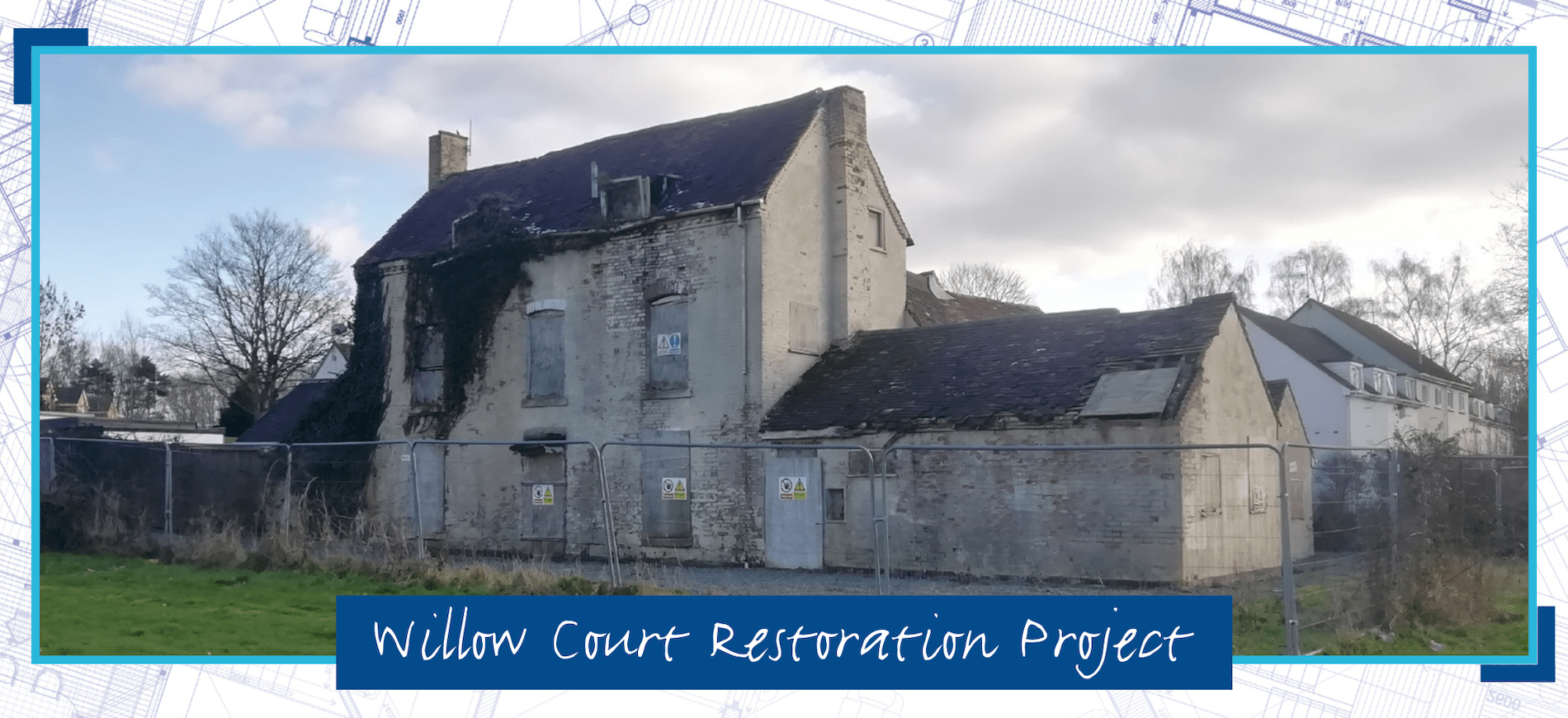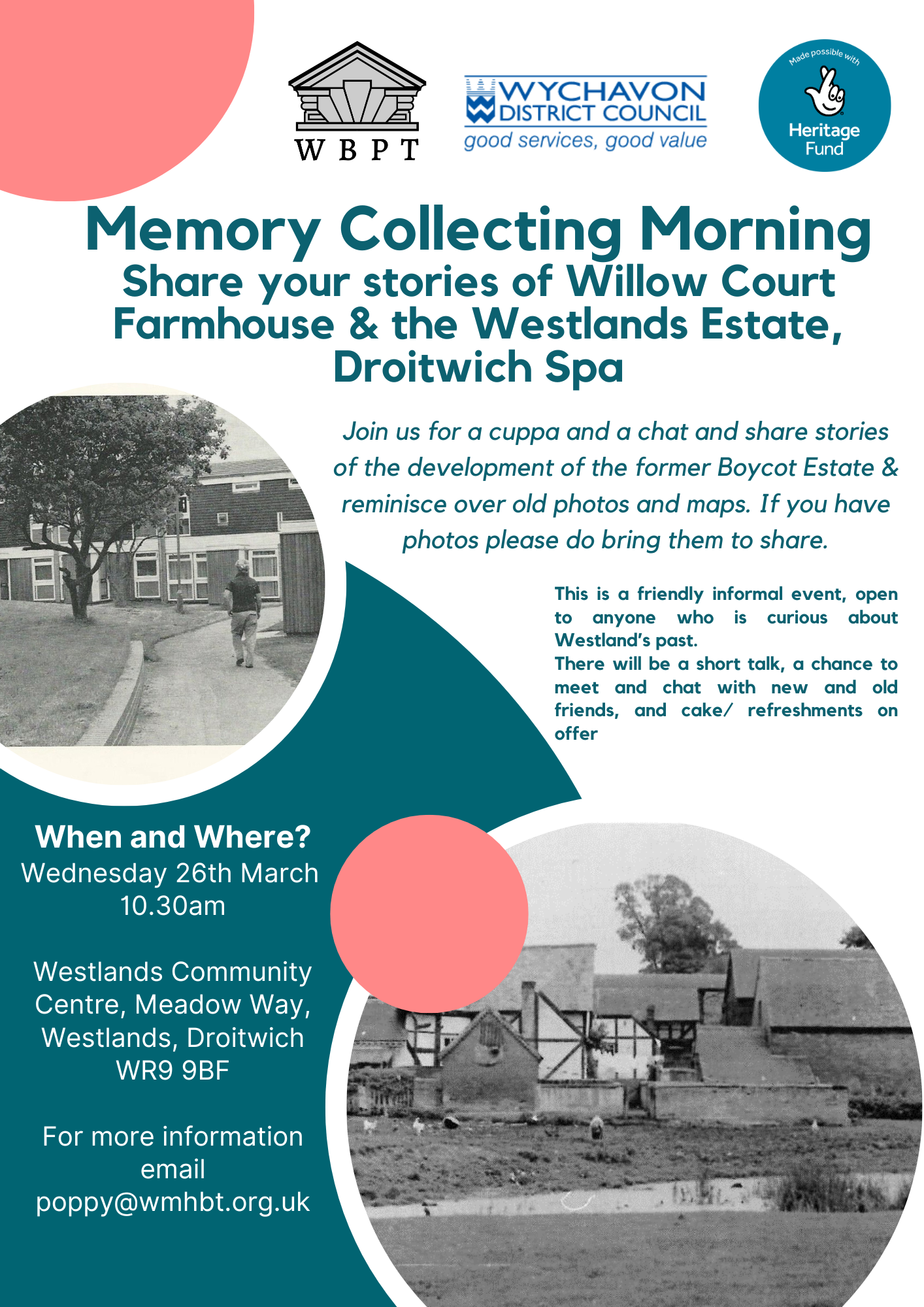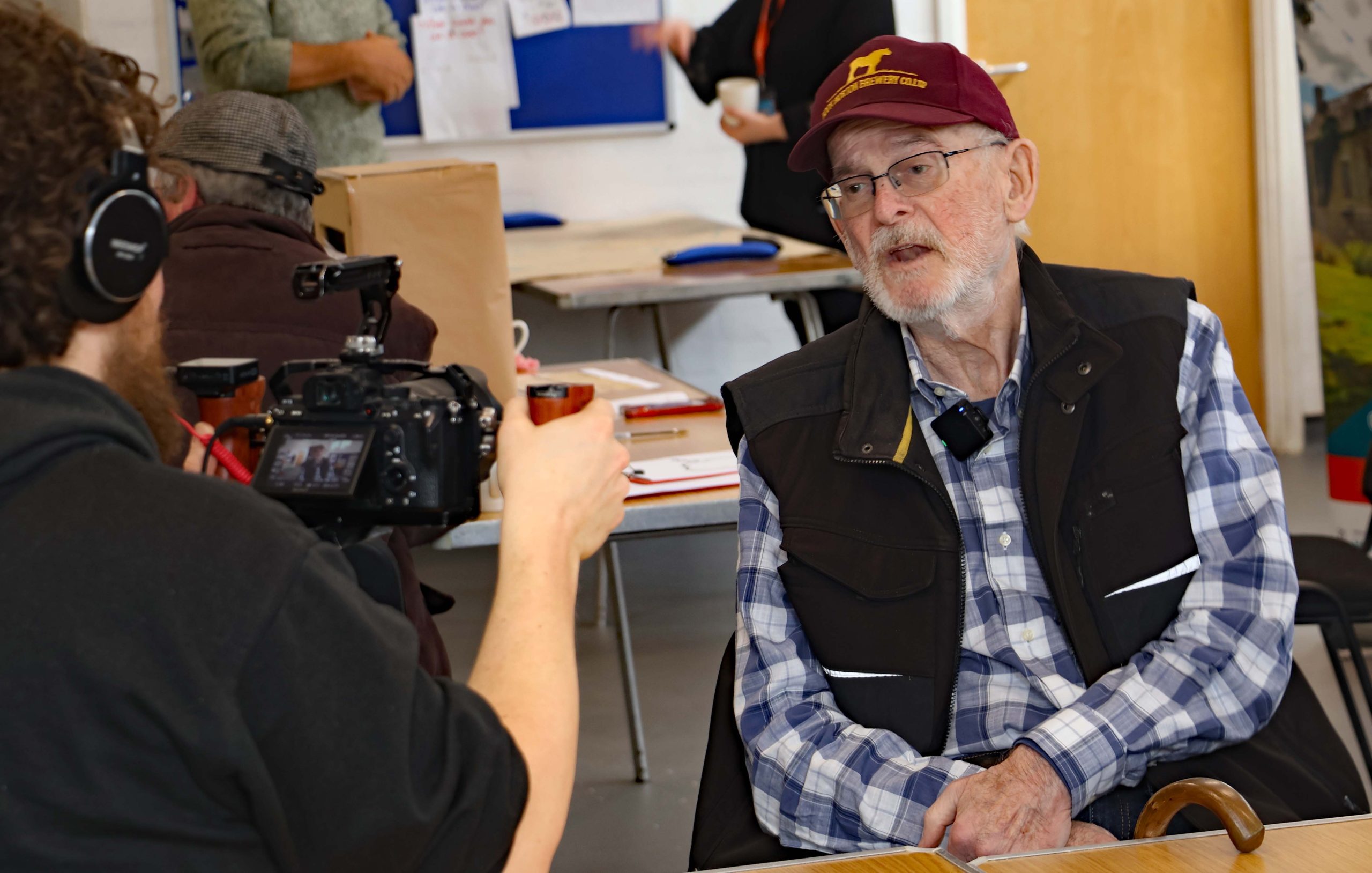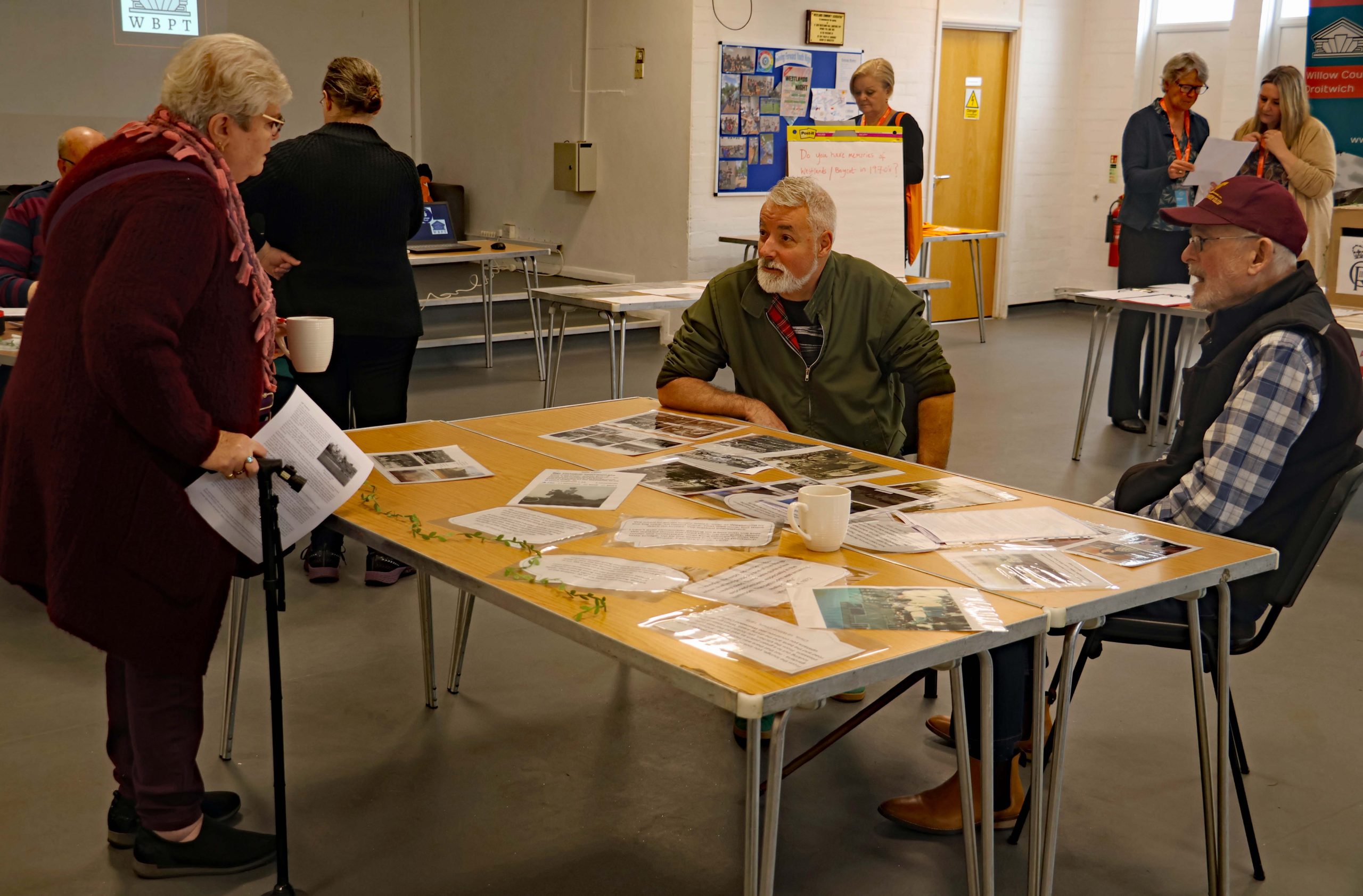Willow Court Memories

Sharing Memories of Willow Court Farmhouse and the Westlands Estate
Our aim is to create a picture of Willow Court (formerly Boycot) Farm and the surrounding area (Westlands and Chawson) before and after the building of the bypass and housing estates on the surrounding farmland land.
We want to gather stories from different perspectives:
- Those who lived in, visited, played near or recall in anyway Boycot and Chawson farms
- Those involved in decision-making around the creation of the estates
- Those involved in the construction of the roads, houses, community buildings and the school
- Those who were the first to move to the estates from Birmingham and elsewhere
- Those who have lived or worked on either estate for many years, including second or third generation families




Memory Collecting Gets Underway
For the past few months a group of volunteers has been building up a picture of what it was like to live at Willow Court Farm and on the Westlands (formerly Boycott) estate. Using archive research, interviews and audio recordings they have been gathering stories from current and former residents to paint a picture of the huge changes that took place in the area at the end of the last century.
Most of the volunteers are Droitwich residents new to this sort of historical research and were trained in oral history skills by nationally recognised expert Julia Letts, who also lives locally. Volunteers were given sessions in which they were trained in how to use the specialist oral history recording equipment, how to structure the interview and the ethics of making and archiving the recordings.
In March, the team held a Memory Collecting Morning at the Westlands Community Centre where they spoke to residents who’d grown up on the estate, and remembered playing among the half-built houses and on the farmland that bordered the estate. But they also heard from the Terrys, the last family to live at the farmhouse, back in the 1960s.
Donna Quinn, one of the volunteers on the project, who went to school on the estate, remembers “a buzz of enthusiasm from people who lived on Boycott from the early days, happy to share their personal memories” at the coffee morning.
Volunteer Catrin Meredith took the research to London, where she buried herself in the National Archives at Kew to unearth more of the history of the farm and the surrounding area. “I’ve never come across a project quite like this, connecting people’s past experiences, producing something of very practical use i.e. social housing, as well as highlighting just how historic the most unsuspecting buildings and places can be – all the way back to the 16th century and earlier, in the farm’s case…It’s been great to rediscover the memories and traces of people who lived and worked here and called it home”.
Progress reports
Thanks to Tim Cornah and Professor Bob Stone, who captured the drone footage to create the model.
